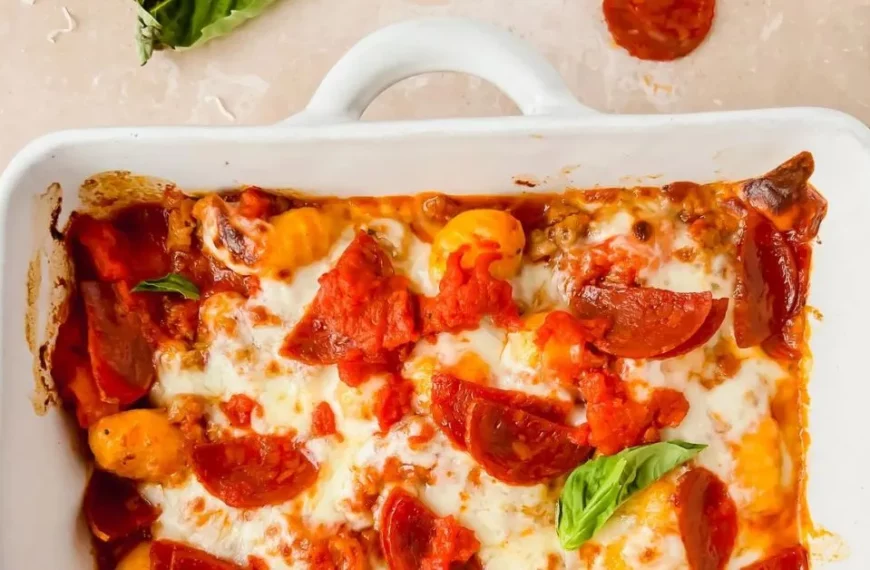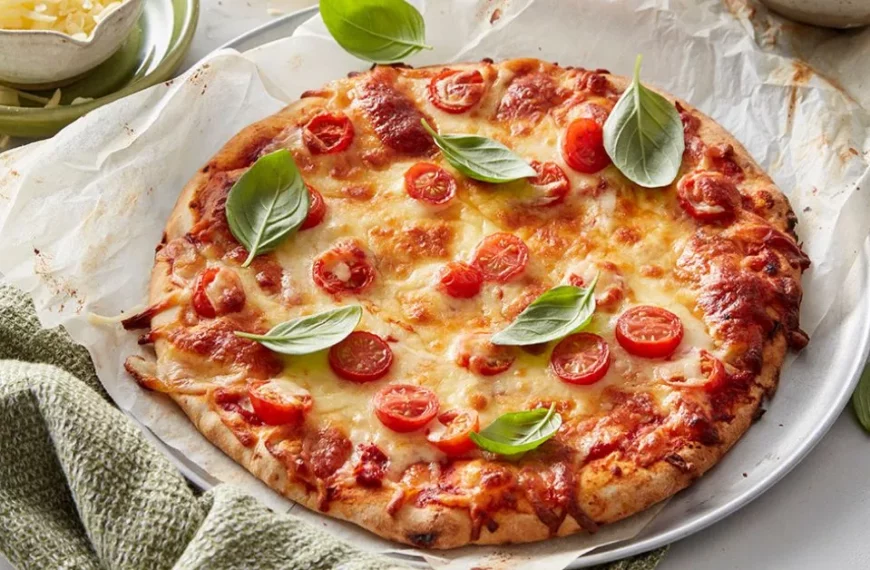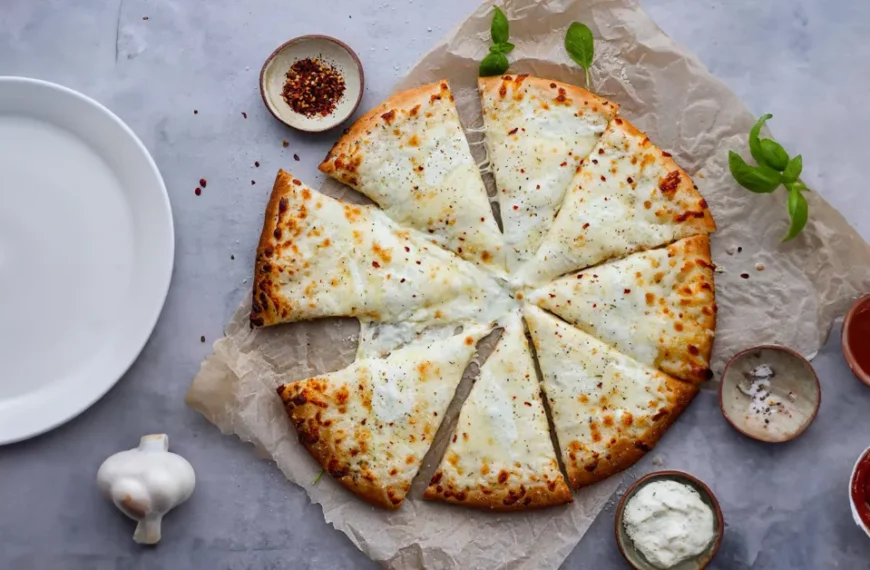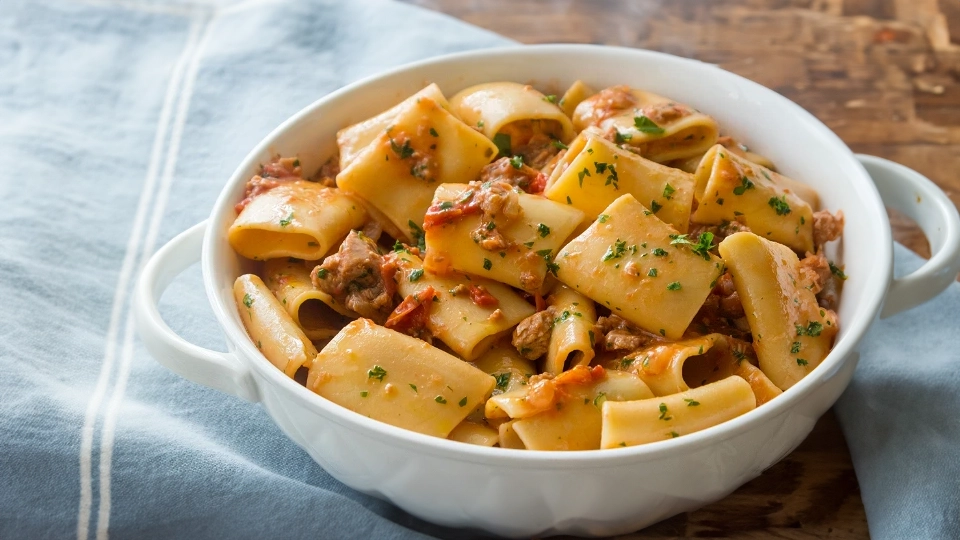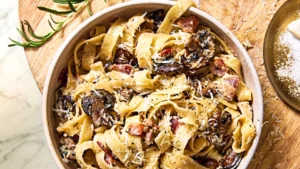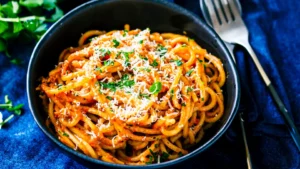Who doesn’t love twirling a fork in a pile of hearty pasta, especially when it’s covered with a silky, rich sauce? That’s the magic of Bucatini Carbonara, a soul-satisfying dish that’s both simple enough for a mid-week dinner and elegant enough for entertaining guests.

As a fellow food enthusiast with a soft spot for Italian cuisine, I’m excited to share my journey of creating the perfect Bucatini Carbonara at home. So, let’s bring a touch of Italy into our kitchens and start cooking this delightful meal together!
Bucatini Carbonara
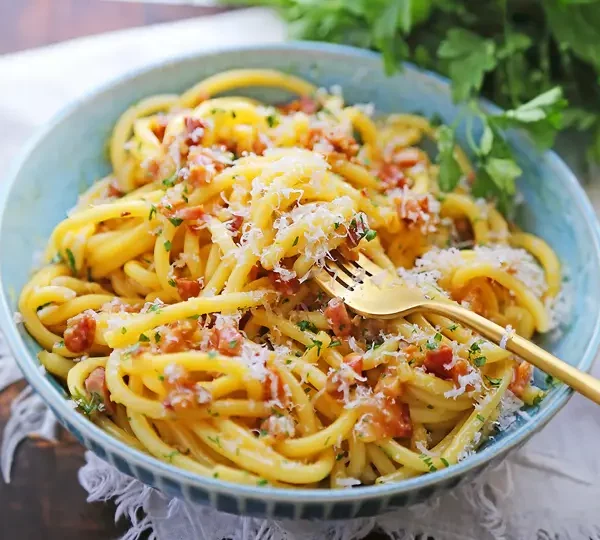
Ingredients
To whip up this culinary delight, you’ll need the following ingredients:
- Bucatini pasta: 400 grams (14 ounces)
- Fresh large eggs: 4 (we’ll be using both yolks and whites)
- Grated Pecorino Romano cheese: 1 cup
- Parmesan cheese: 1/2 cup
- Crisp pancetta or guanciale: 150 grams (5.3 ounces), diced
- Freshly cracked black pepper: 1 tablespoon
- Salt (for pasta water): to taste
Let’s take a moment to discuss these ingredients. You could swap out the bucatini for spaghetti, but you’d be missing out on the delightful chewiness that those thick, hollow strands provide. And when it comes to the choice between pancetta and guanciale, I’m in the guanciale camp – it’s traditional and infuses the dish with a deep, porky flavor that’s just irresistible.
Instructions
- Set a large pot of water over high heat and bring to a boil. Salt the water generously should be as salty as the Mediterranean Sea.
- While the water is heating up, crack your eggs into a bowl. Separate the yolks from two eggs and add them to the whole eggs. Beat them thoroughly.
- Stir the Pecorino Romano and Parmesan cheese into the eggs and whisk until it becomes a smooth mixture.
- Heat a large skillet over medium heat and throw in the diced pancetta or guanciale. Let it cook slowly until it’s delightfully crispy, rendering out its savory fat. Once done, please remove it from the heat.
- Add the bucatini to the boiling water and cook according to the package instructions until al dente. Keep an eye on the clock—perfectly cooked pasta is crucial here.
- Before draining the pasta, remember to save a cup of the starchy pasta water. This liquid gold will help create our sauce.
- Add the cooked, drained pasta to the skillet with the pancetta or guanciale. Toss it around to let it soak up all those lovely flavors.
- Reduce the skillet heat to low. Quickly pour in the egg and cheese mixture, stirring vigorously. The residual heat will gently cook the eggs, creating a creamy sauce that coats every strand of pasta.
- If the sauce seems too thick, add some pasta water to achieve the desired consistency. It should be silky and smooth, not clumpy.
- Season with black pepper, give it one last toss and serve immediately. Each bite should be a heavenly blend of creaminess, saltiness, and warmth.

DID YOU MAKE THIS RECIPE?
Tag @amcookingitaliano on Instagram and hashtag it #amcookingitaliano!
Tips for Customization
While Bucatini Carbonara purists might shun the idea of altering the classic, there’s always room for a little personal touch. You could sprinkle fresh herbs like parsley or basil for a fresh note. If you’re an avid garlic fan, try sautéing a clove or two with the pancetta. But remember, these are extras—Carbonara in its simplest form is already perfection.
How to Store
If you have leftovers, store them in an airtight container in the refrigerator for up to two days. While the creaminess is best enjoyed fresh, a gentle reheating on the stove with a splash of water will breathe new life into the pasta.
Conclusion
Achieving that perfect symphony of flavors and textures in a dish like Bucatini Carbonara is truly a testament to the beauty of Italian cooking—simplicity combined with quality ingredients yields an unbeatable meal. I hope this recipe brings as much joy to your table as it has to mine.
Remember, great food isn’t just about taste; it’s about the experience—the feeling of comfort as you wrap yourself in the rich, velvety embrace of well-made Carbonara.
FAQs
1. Can I use bacon instead of pancetta or guanciale?
While bacon is a different cut of pork and is smoked (unlike pancetta and guanciale), you certainly can use it in a pinch. The smokiness will impart a different flavor profile to the dish.
2. What if I don’t have Pecorino Romano cheese?
Pecorino Romano has a distinct sharpness, but in its absence, you could use more Parmesan cheese, although the taste will be slightly milder and less tangy.
3. My sauce came out scrambled, what did I do wrong?
This usually happens when the egg gets too much heat. To avoid this, make sure you add your egg and cheese mixture off the heat or on the lowest possible setting, and don’t stop stirring until the sauce emulsifiers.
As always, a dish is more than a series of steps and ingredients; it’s a narrative—a narrative that tells a story of heritage, technique, and of course, personal flair. Whether you’re a seasoned home cook or someone venturing into the world of Italian cuisine for the first time, each plate of Bucatini Carbonara you serve is a chapter of your own culinary tale. So tie on your apron, set your table, and get ready to allure your senses with this classic Italian masterpiece. Buon appetite!






